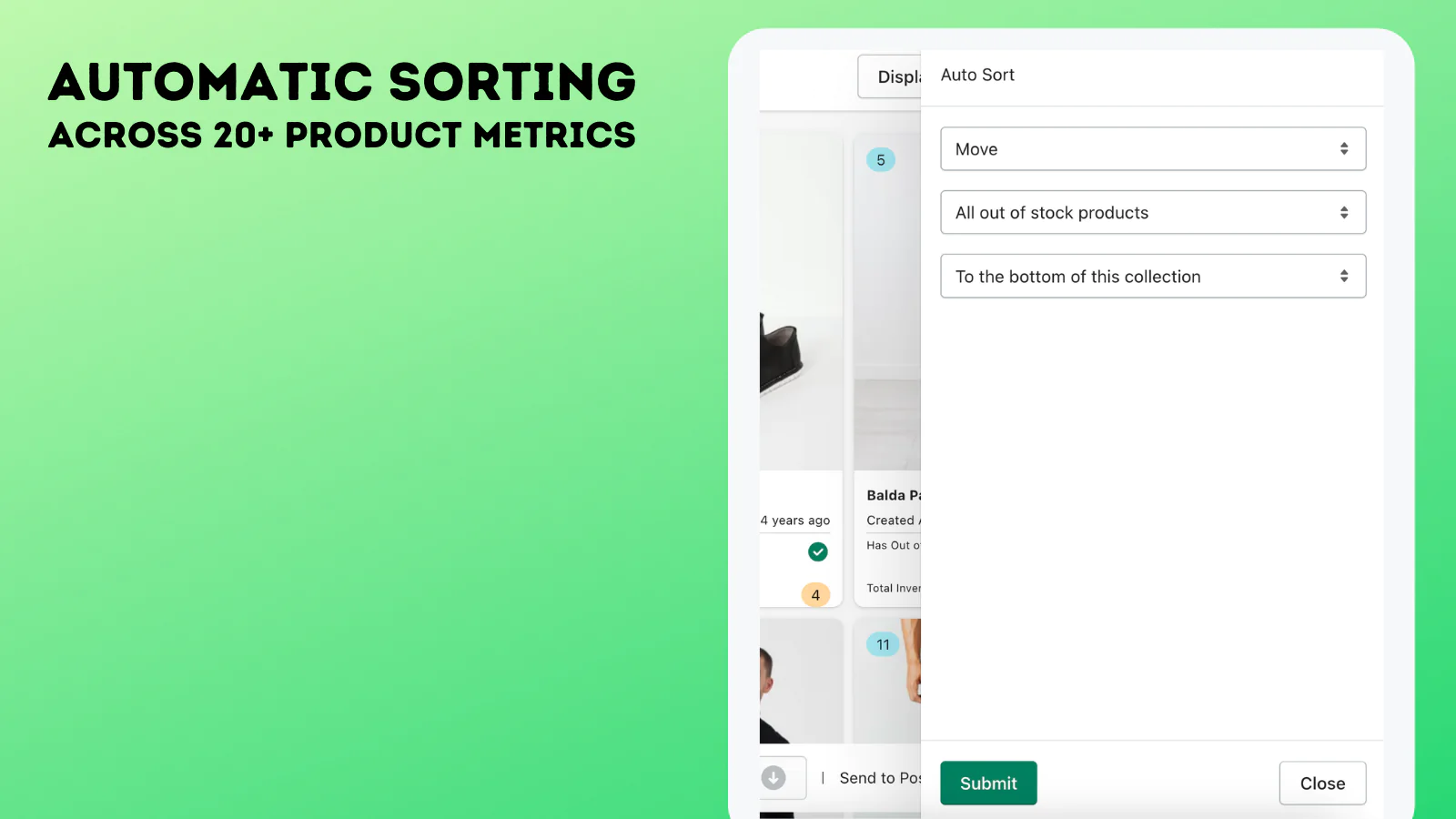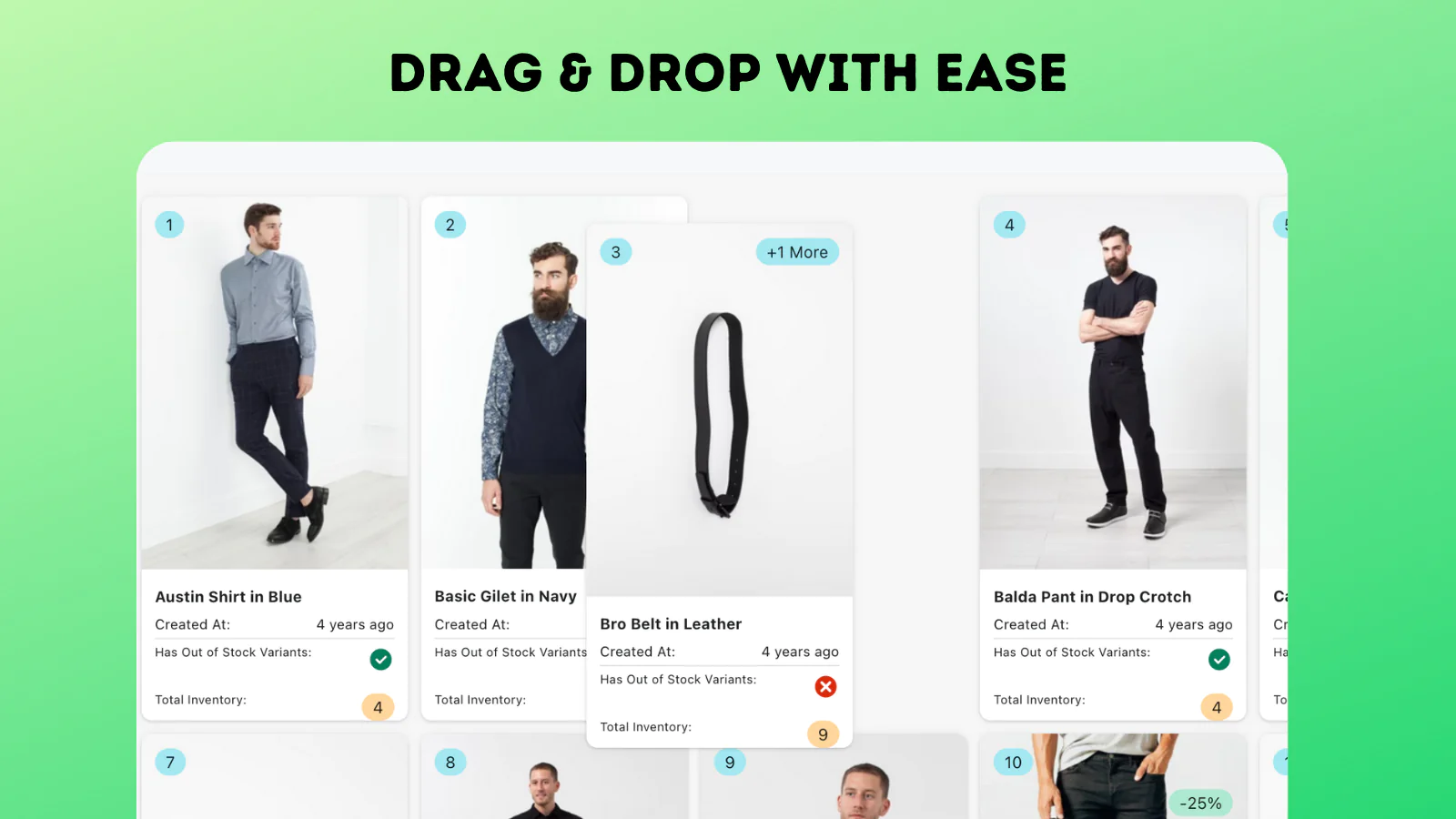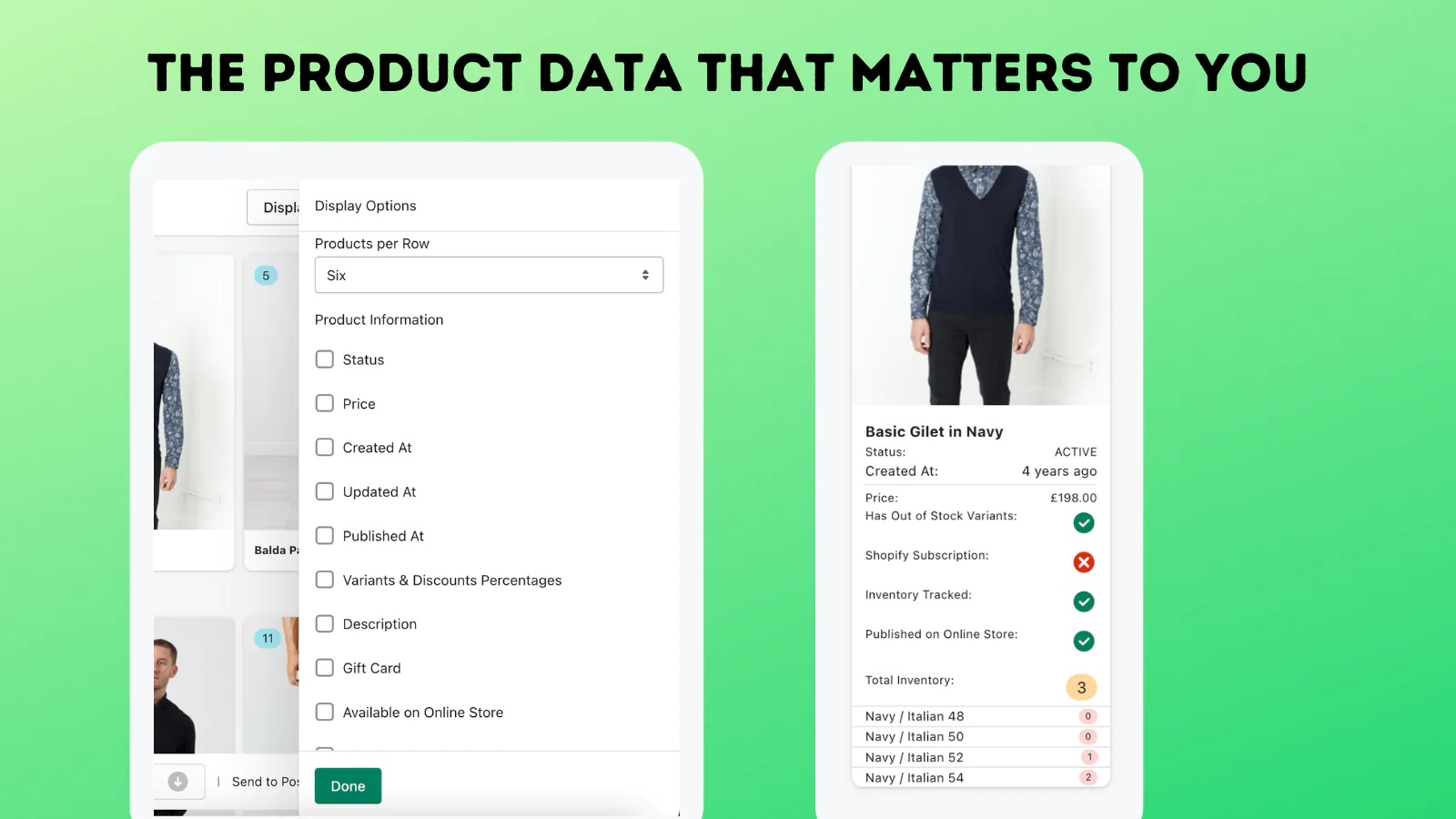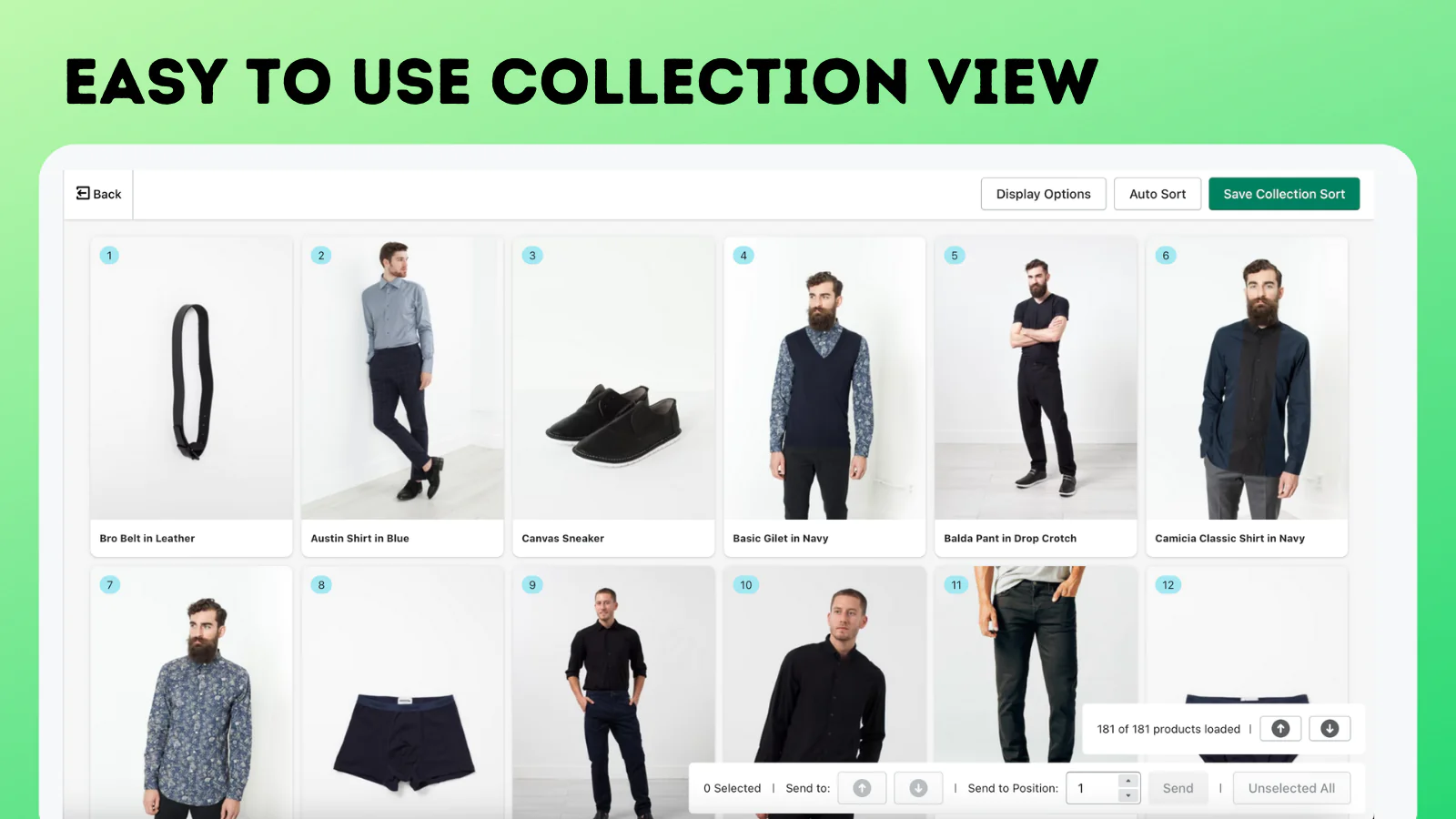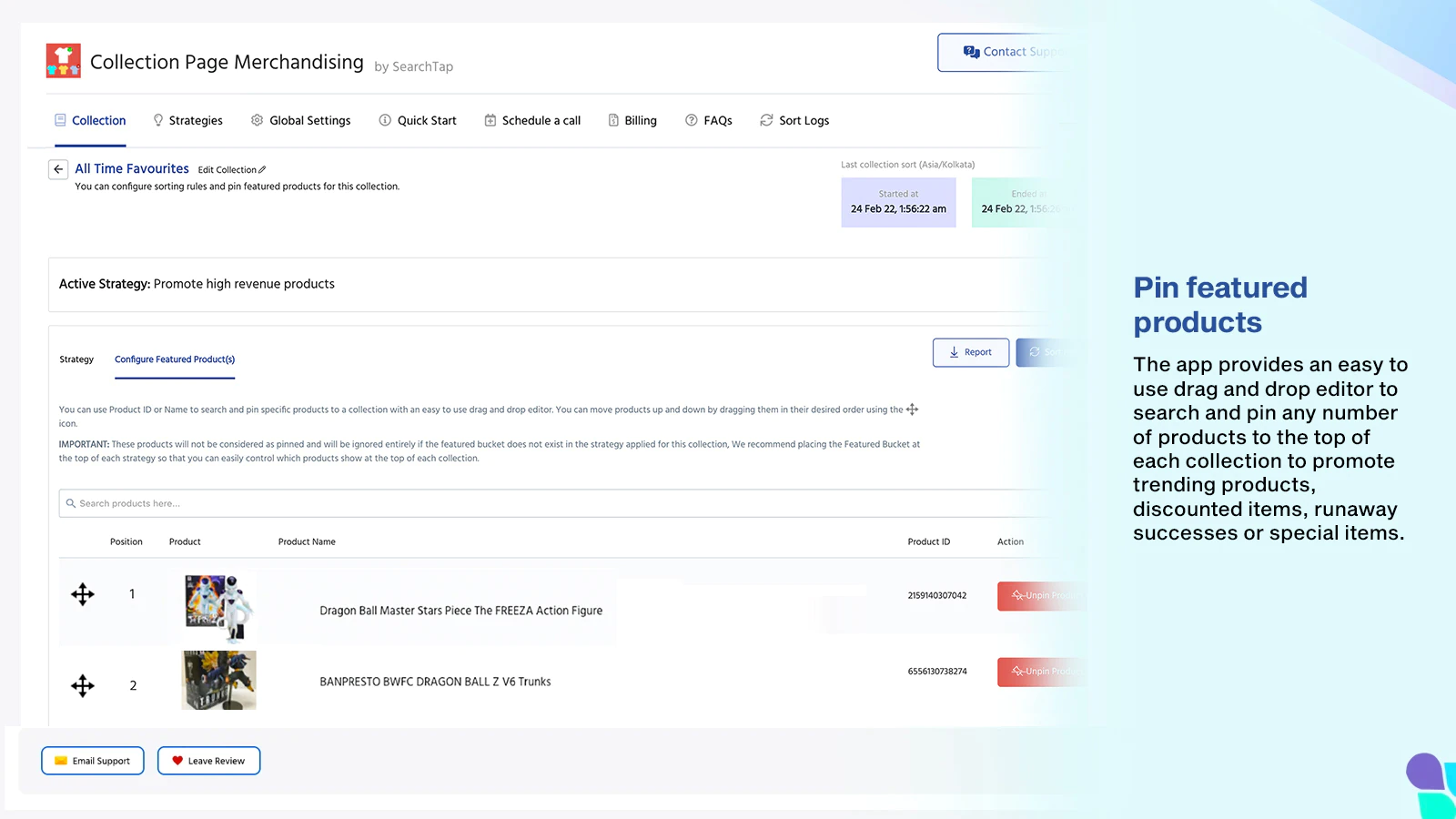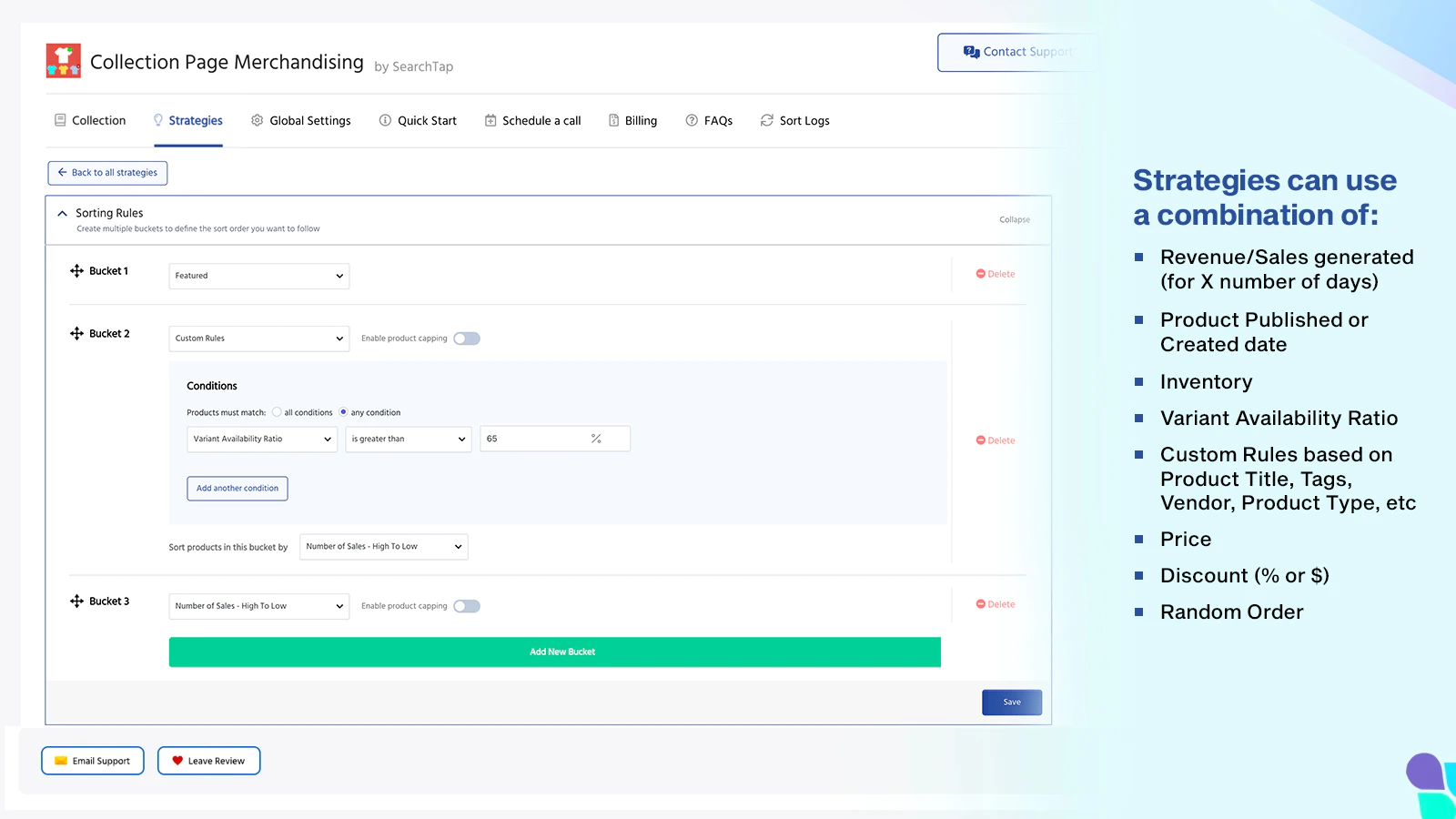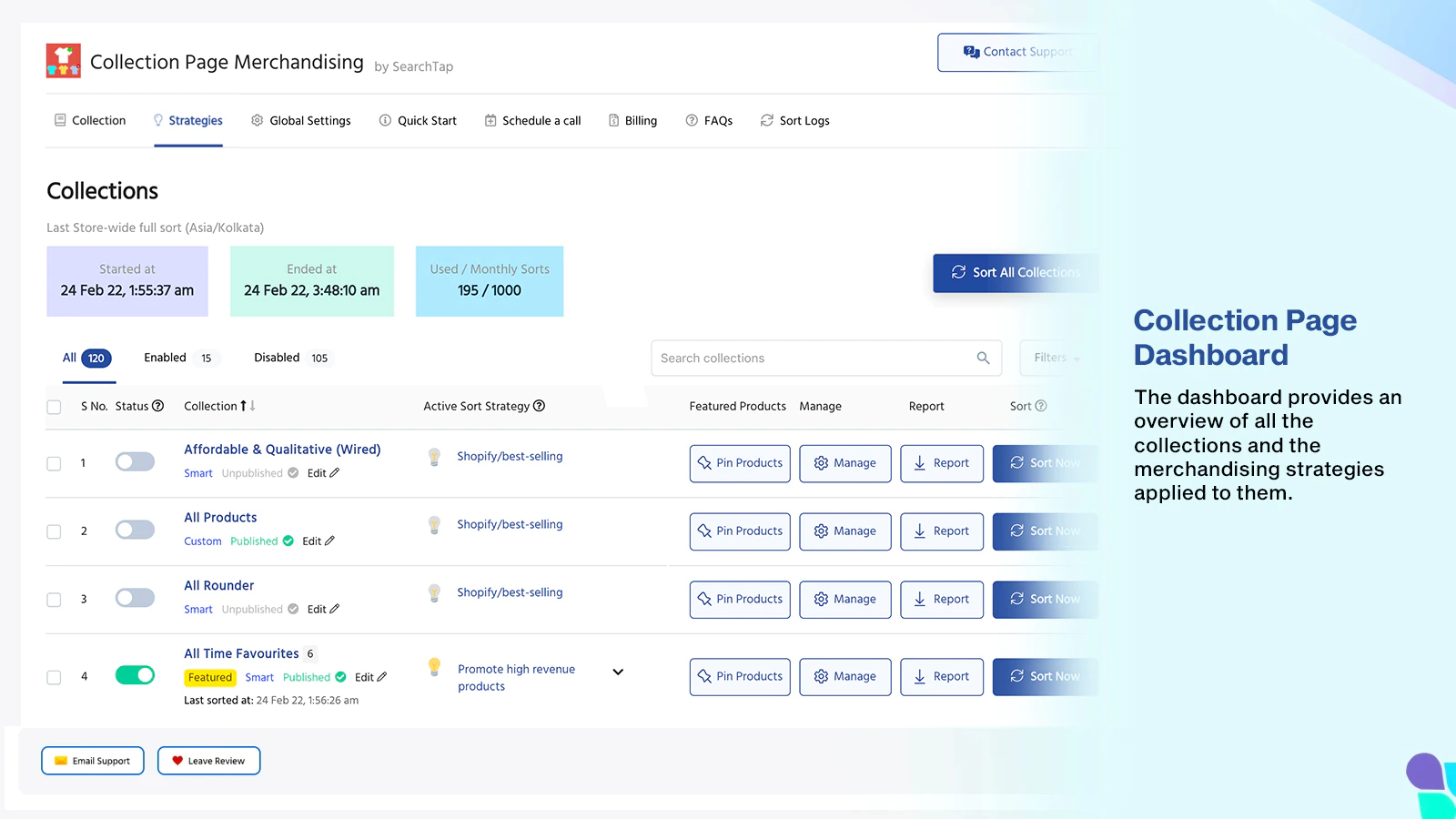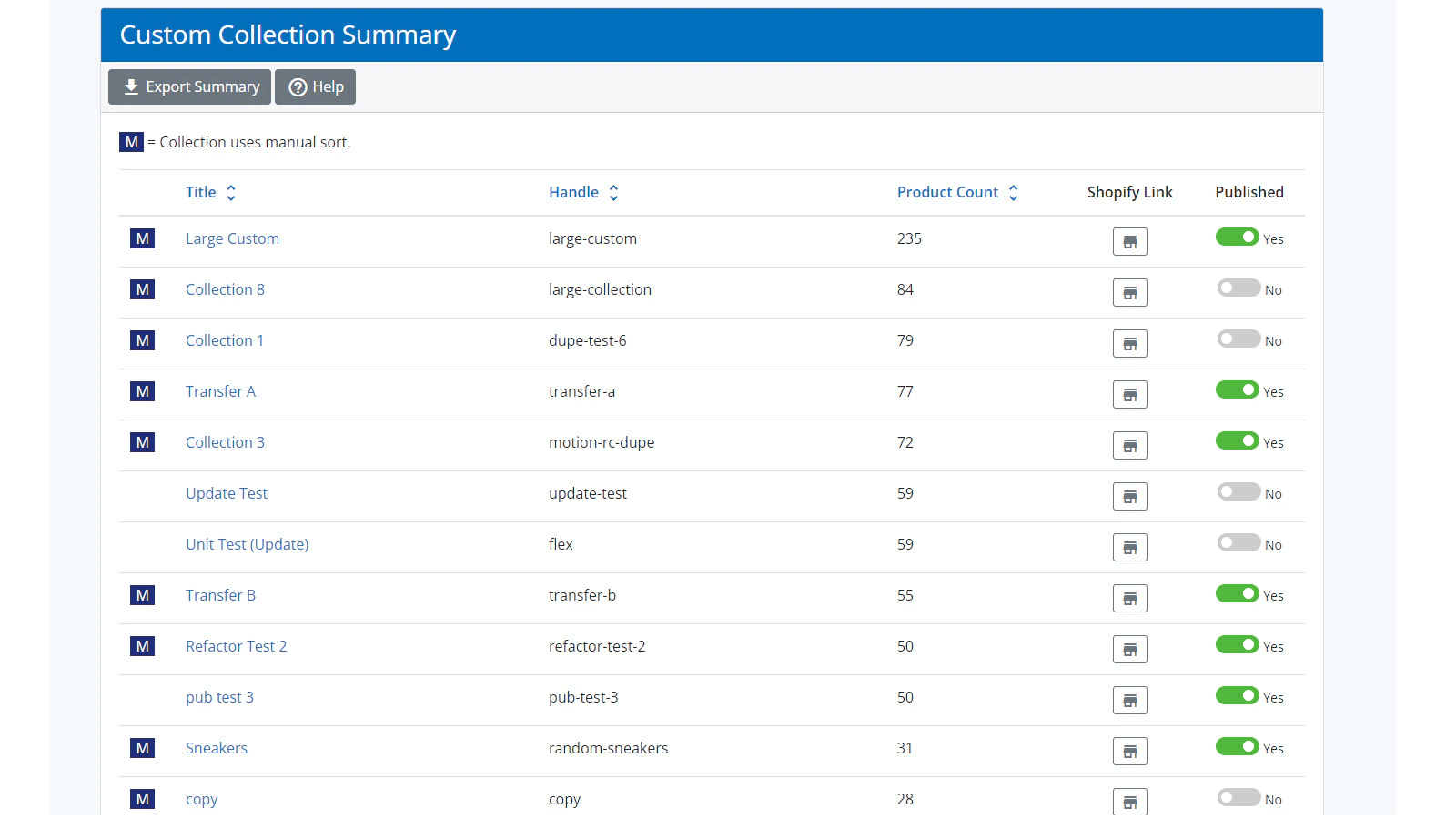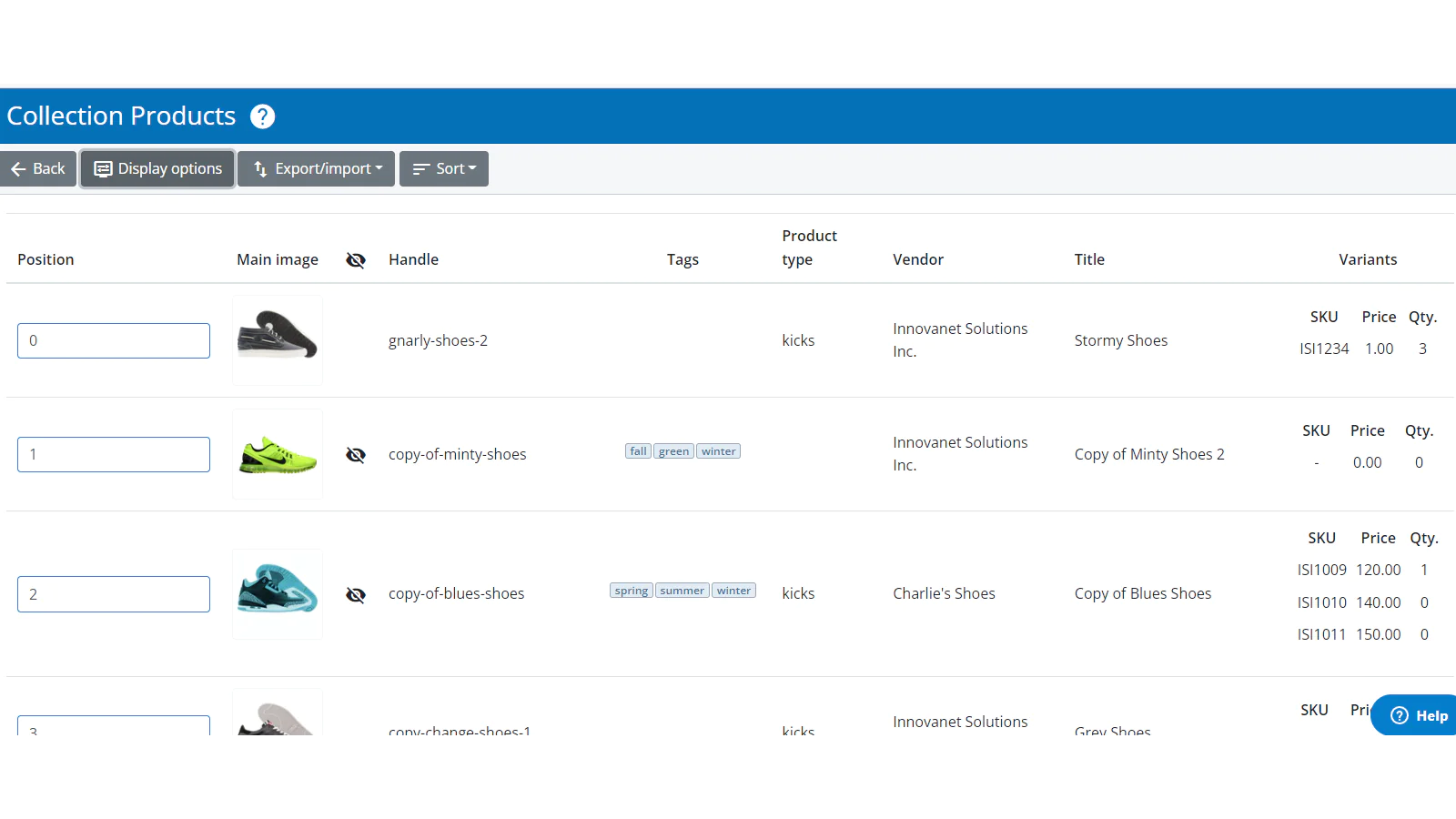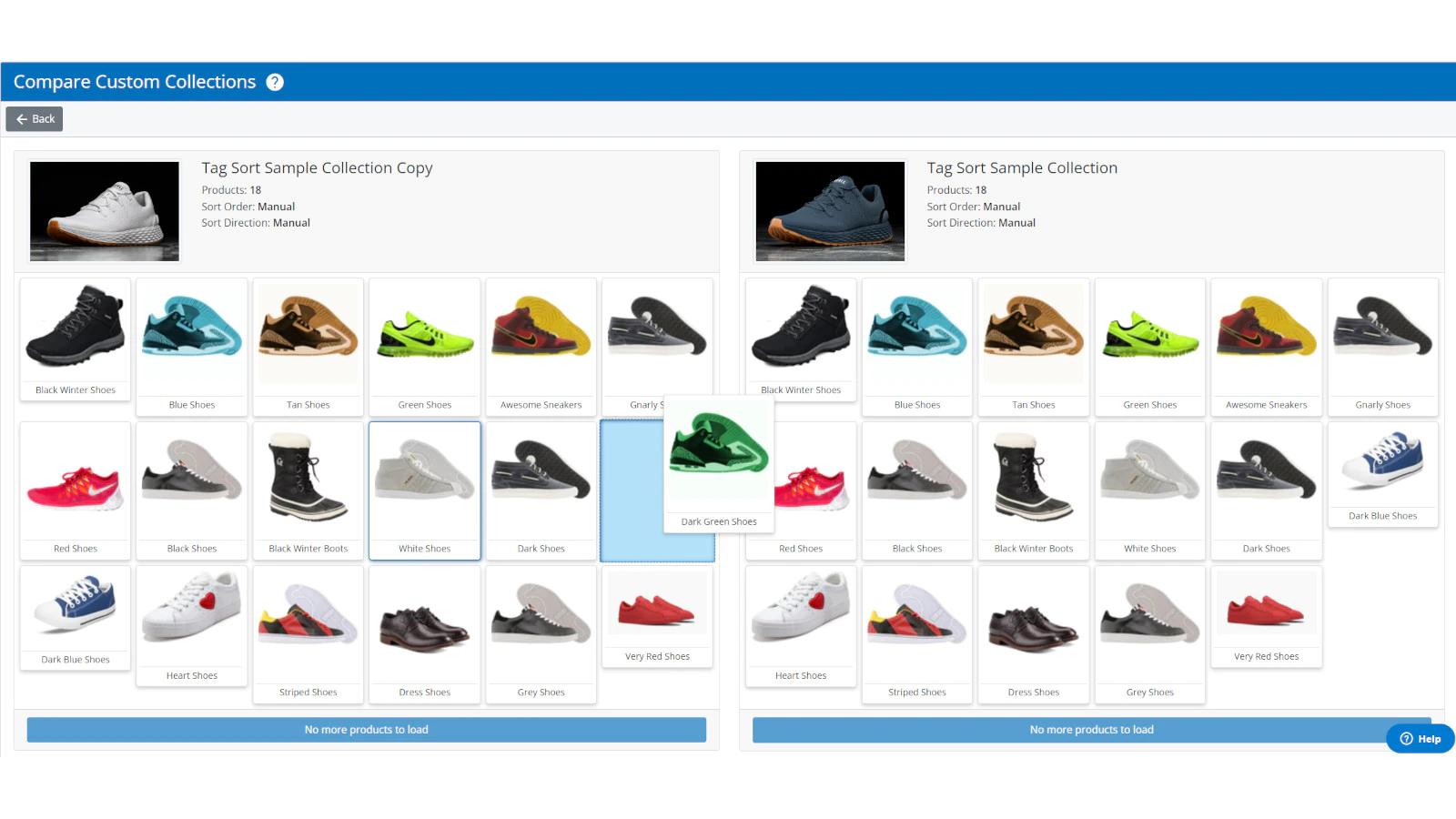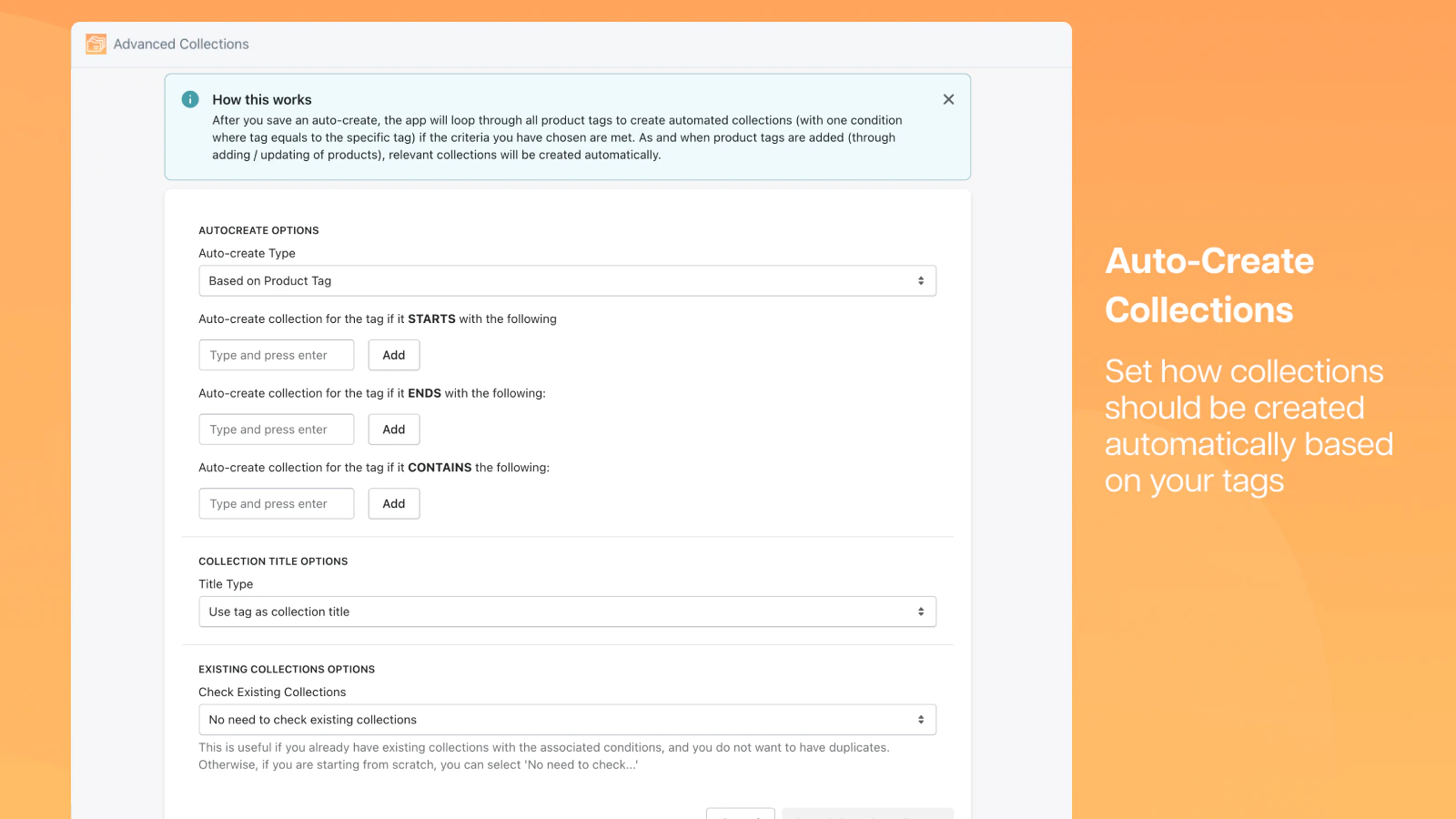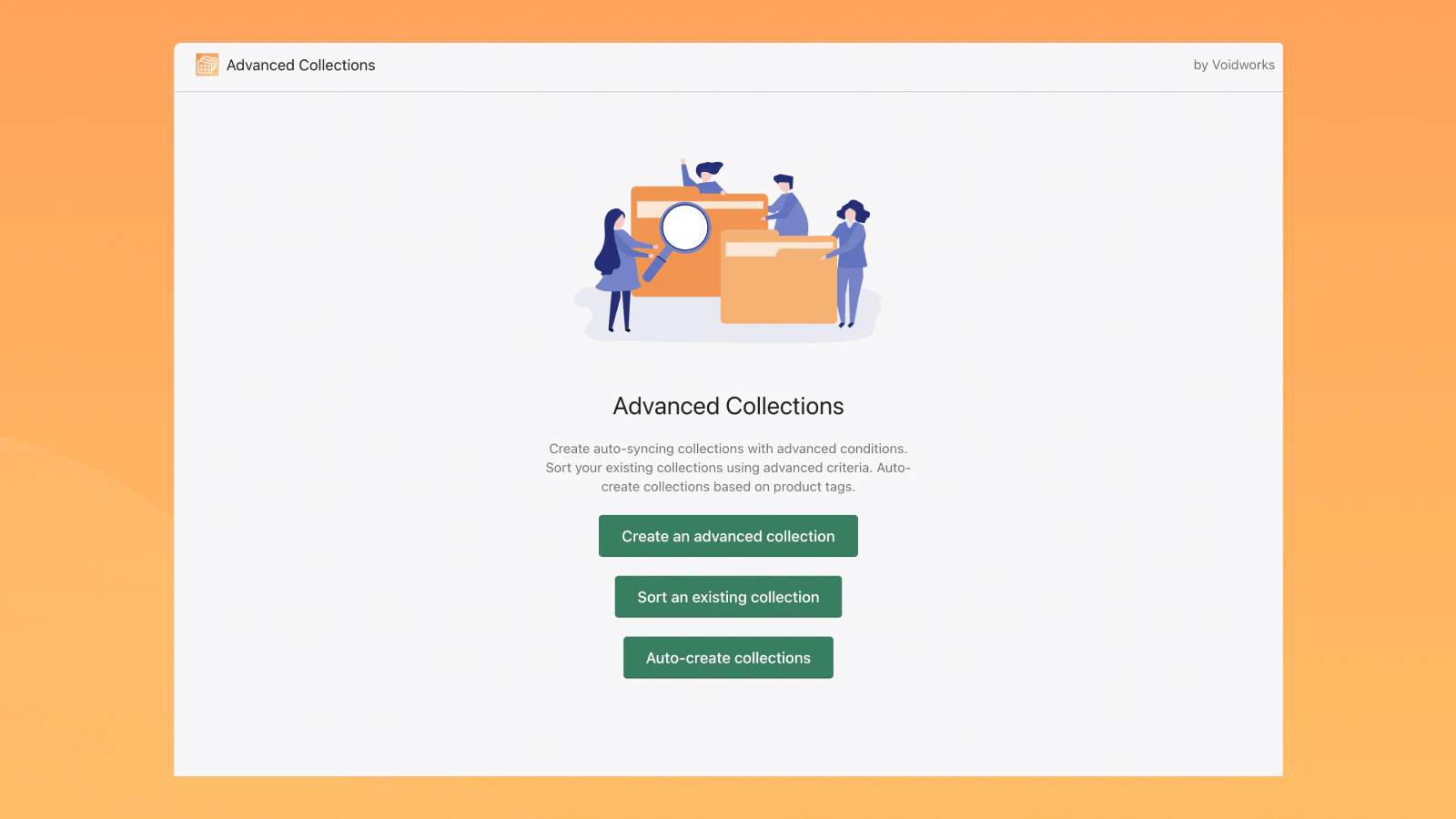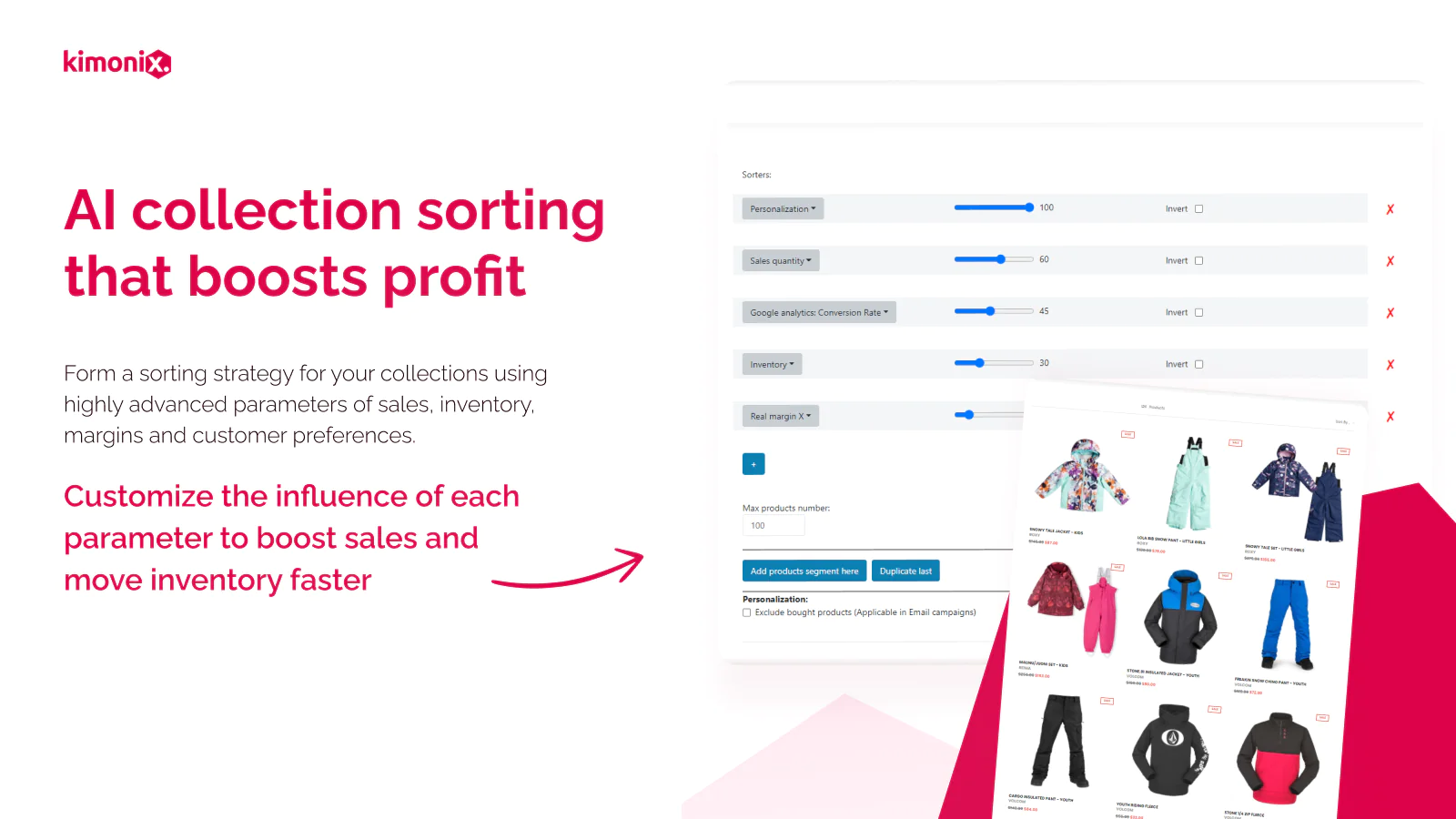Top 5 Shopify Category Apps [July, 2024]
This guide helps ecommerce store owners to compare and find the best Category apps for Shopify. Category apps are popular for ecommerce businesses that want to customize and organize their products into different categories or collections. However, with the variety of Shopify apps for Categories, it can be challenging to find the ideal app for store owners’ individual needs.
To help ecommerce store owners make the right choice, the attributes of available Shopify apps have been assessed considering: features, price, free trial availability, app store rating and free app options.
This guide compares five companies for merchants to review and find the optimal Category app for their needs. To help them make an informed decision, a quick comparison table of the best Category Shopify apps is shared below, followed by in-depth reviews and frequently asked questions.
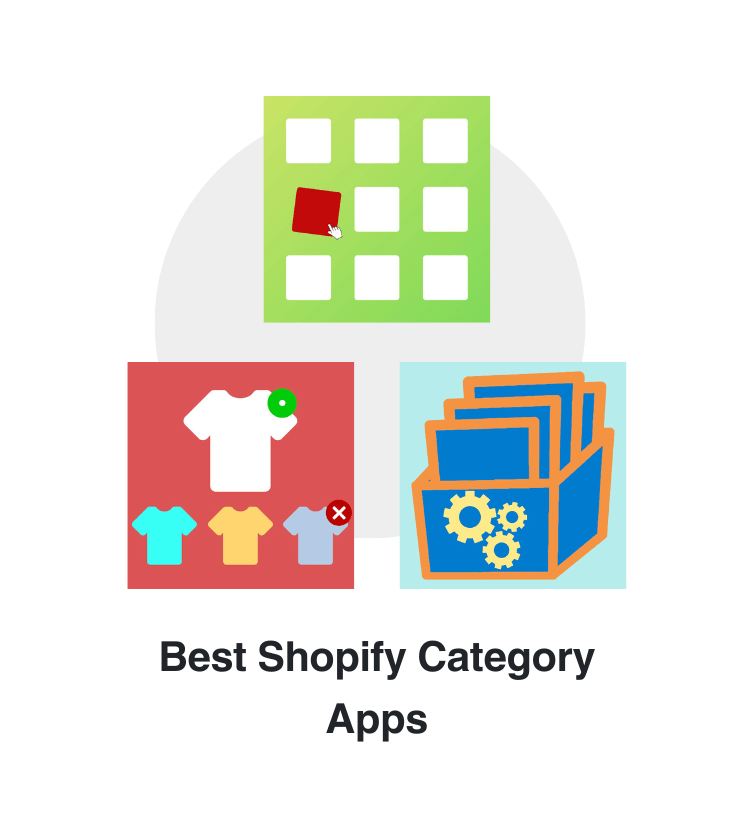

Free Guide: How To Find A Profitable Product To Sell Online
Excited about starting a business, but not sure where to start? This free, comprehensive guide will teach you how to find great, newly trending products with high sales potential.
Quick comparison of the best Shopify Category apps
| # | App Name | Developer Name | Pricing | Rating | Free Trial | Image | Action |
|---|---|---|---|---|---|---|---|
| 1 | Collection Merchandiser: Syncd | Matthew de Noronha | $9.99/month | 4.8/5 ⭐️ | no |  |
Get app |
| 2 | ST: Product & Collection Sort | Green Apple Solutions Pvt Ltd | $19/month | 4.9/5 ⭐️ | yes | 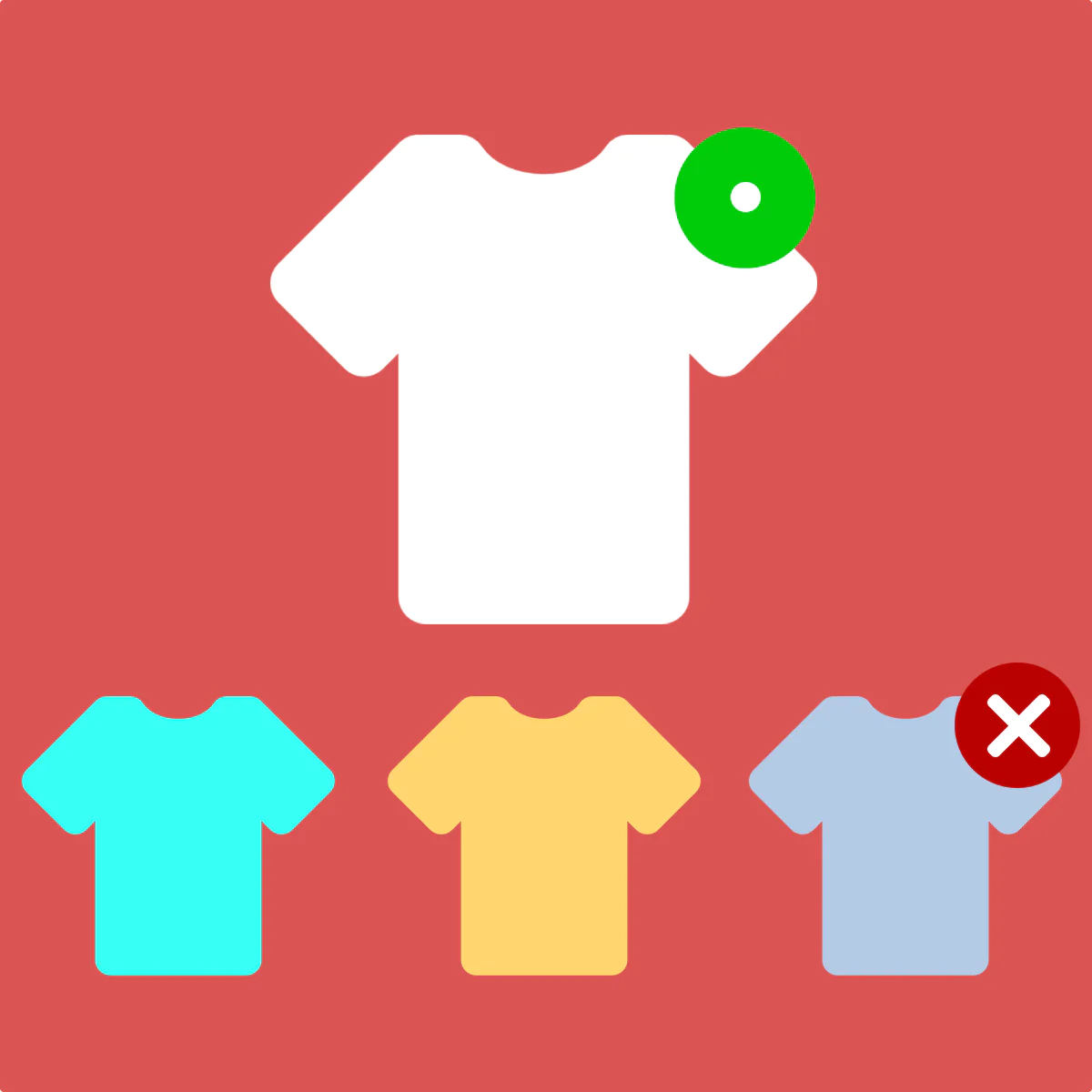 |
Get app |
| 3 | Innovanet Collection Manager | Innovanet Solutions Inc. | $4.65/month | 4.5/5 ⭐️ | yes | 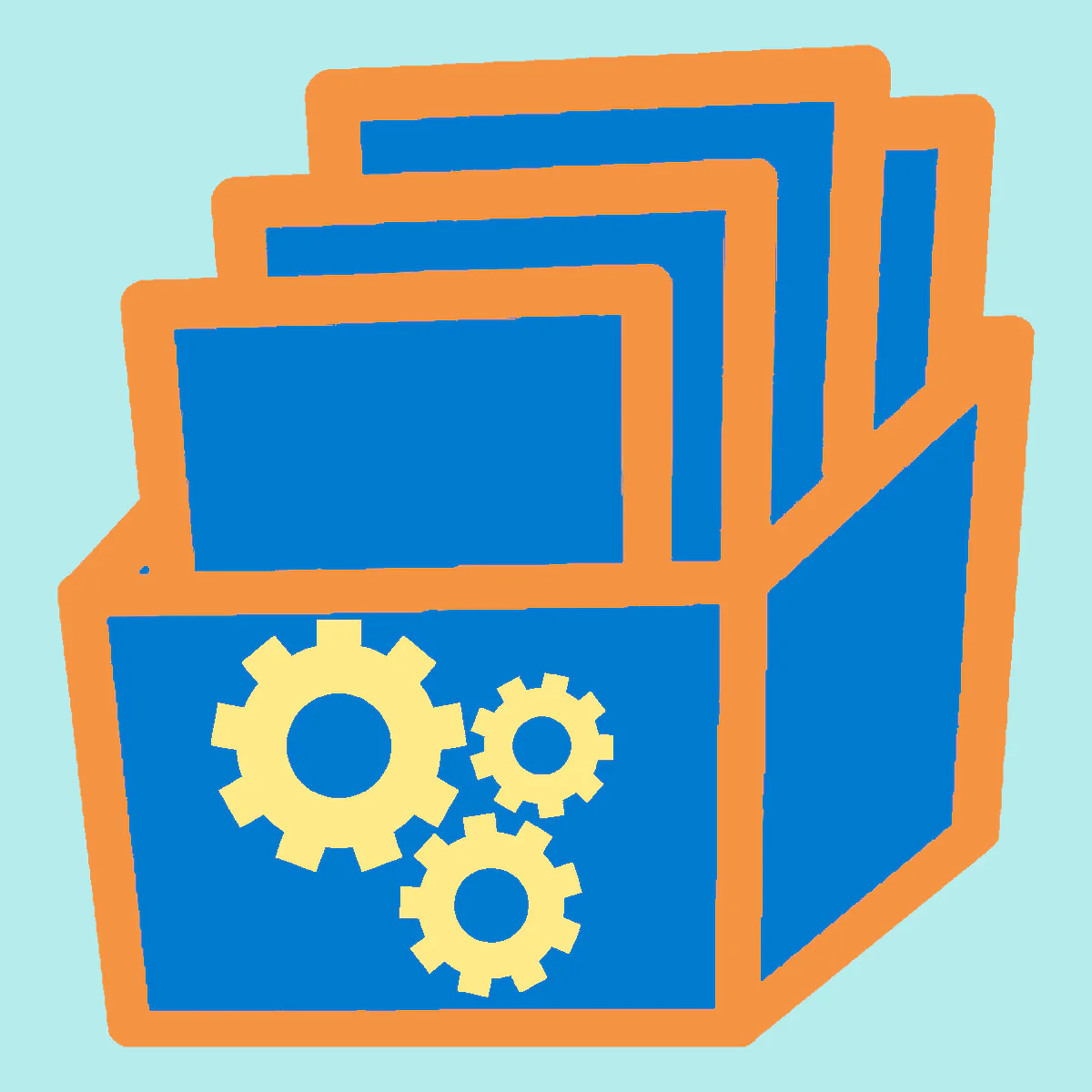 |
Get app |
| 4 | Advanced Collections | Voidworks | $5.99/month | 4.5/5 ⭐️ | yes |  |
Get app |
| 5 | Category & Collection Sort |KX | Kimonix | $19/month | 4.9/5 ⭐️ | yes | 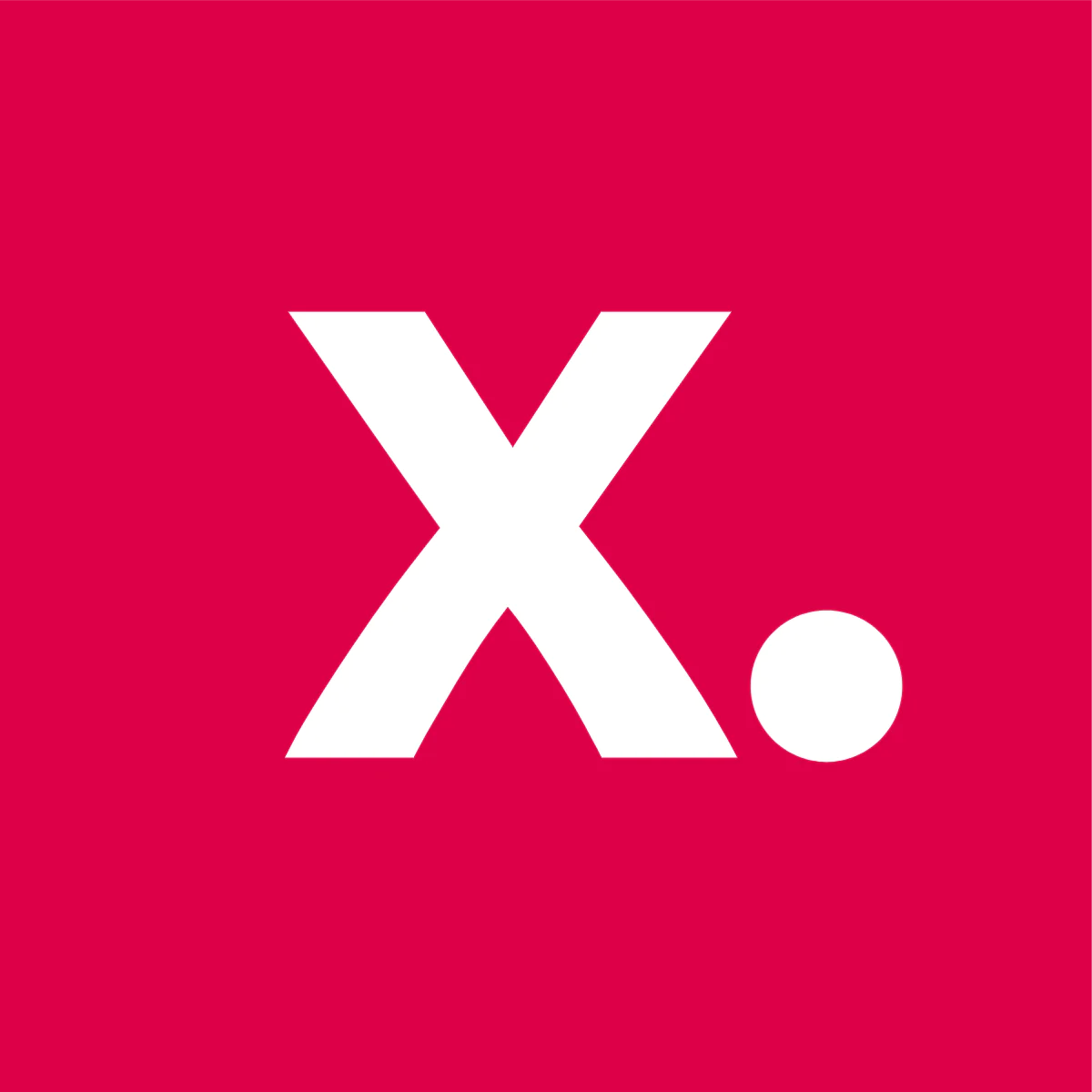 |
Get app |
Top Shopify Category apps reviewed
Table of contents:
How to Find The Best Category Shopify App?
These five category apps for Shopify are ranked based on the following criteria:
- Features
- Price
- Rating on the Shopify app store
- Free trial availability
- Free app options
- Compatibility with other top apps
- Number of apps the app provider operates
- Pros and cons
- Built for Shopify badge
- Reviews and assessment by AcquireConvert
What are Shopify Category apps?
Shopify category apps are specialized tools that enhance product categorization on Shopify, offering advanced features for more effective management. These apps allow store owners to organize products within categories based on criteria like popularity, newness, and price, improving store navigation and user experience. Automated category assignment is another key feature, where products are automatically placed into categories based on predefined rules or attributes, saving time and effort.
Dynamic product grouping in these apps automatically categorizes products based on changing conditions such as inventory levels or sales trends. Customizing category pages is also possible with these apps, enabling store owners to modify layouts and add promotional content, enhancing the visual appeal and effectiveness of the store.
Integration with other Shopify apps and marketing tools is a significant advantage, creating a cohesive and efficient ecosystem for managing an online store. Shopify category apps are essential for creating a more organized, navigable, and visually appealing online store, playing a crucial role in boosting customer satisfaction and potentially driving higher sales.
How do I organize my items on Shopify?
Organizing items on Shopify effectively involves categorizing products into collections and arranging them within your store for easy navigation and an enhanced shopping experience. Start by creating collections, which are groups of products sharing common characteristics, accessible through the Shopify admin under ‘Products’ and then ‘Collections.’ You have the option to create either manual collections, where you add products individually, or automated collections, where products are automatically grouped based on set criteria such as tags, types, prices, or vendors.
Once you’ve established your collections, organize the products within them. You can set a default sort order, like best selling or alphabetical, or manually arrange them in some themes. Utilize product tags and types for further categorization, as tags help filter products in collections and types assist in creating automated collections. Additionally, ensure each product has a clear title, detailed description, and high-quality images to enhance its presentation and clarity for customers.
The store’s navigation menus are crucial for making these collections easily accessible. You can create dropdown menus to categorize collections, making it simpler for customers to browse your store. Featuring key collections on your store’s homepage, such as new arrivals or bestsellers, also attracts customer attention.
Regular updates to your collections based on seasonality, trends, and sales data keep your store fresh and relevant. For more sophisticated organization, consider Shopify apps that offer advanced features like bulk editing or custom sorting options. By organizing your items thoughtfully, you not only enhance the shopping experience but also make it easier for customers to find and purchase products, ultimately boosting your store’s success.
What is the most selling category on eCommerce?
The most selling category in eCommerce often varies by region and over time, reflecting changing consumer trends and market dynamics. However, certain categories consistently show strong performance across various markets. Fashion and Apparel, for instance, is one of the largest and most popular eCommerce categories globally, encompassing clothing, footwear, and accessories. The diversity of products, the influence of social media on fashion trends, and the frequent introduction of new styles contribute to its widespread appeal and high sales volume.
Electronics and Media is another top-selling category, including consumer electronics like smartphones, laptops, and TVs, along with books, music, and other forms of media. This category benefits from the continuous advancements in technology and the growing consumer interest in digital entertainment and information.
The Health and Beauty sector has also seen significant growth in the online market. This category covers skincare, cosmetics, wellness products, and personal care items. The rise of direct-to-consumer brands and the impact of online beauty influencers have played a key role in boosting sales in this sector.
Home and Garden items, including furniture, home decor, gardening tools, and home improvement products, make up a substantial portion of eCommerce sales. The convenience of shopping online for home-related products has increased their popularity in the eCommerce space. Food and Beverage, including online grocery and gourmet food sales, has rapidly expanded, driven by changing consumer habits and the appeal of home delivery services. Lastly, the Toys and Hobby category, which includes children’s toys, games, and hobby items like craft supplies and sports equipment, maintains a steady demand in the online marketplace.
It’s essential to recognize that the most selling category can shift based on factors such as technological changes, cultural trends, economic conditions, and global events like the COVID-19 pandemic. These elements have a significant impact on consumer buying patterns and preferences, influencing which categories lead in eCommerce sales.
Conclusion: Best Shopify Category Apps
It requires time and effort to compare and evaluate features of the various different Category Shopify apps to find the ideal option.
Shopify store owners must evaluate relevant information to make the optimal choice for their needs.
This guide does the challenging work for merchants by comparing and evaluating the top choices for different Category Shopify apps. The results of our analysis of the best Category Shopify apps are listed below:

